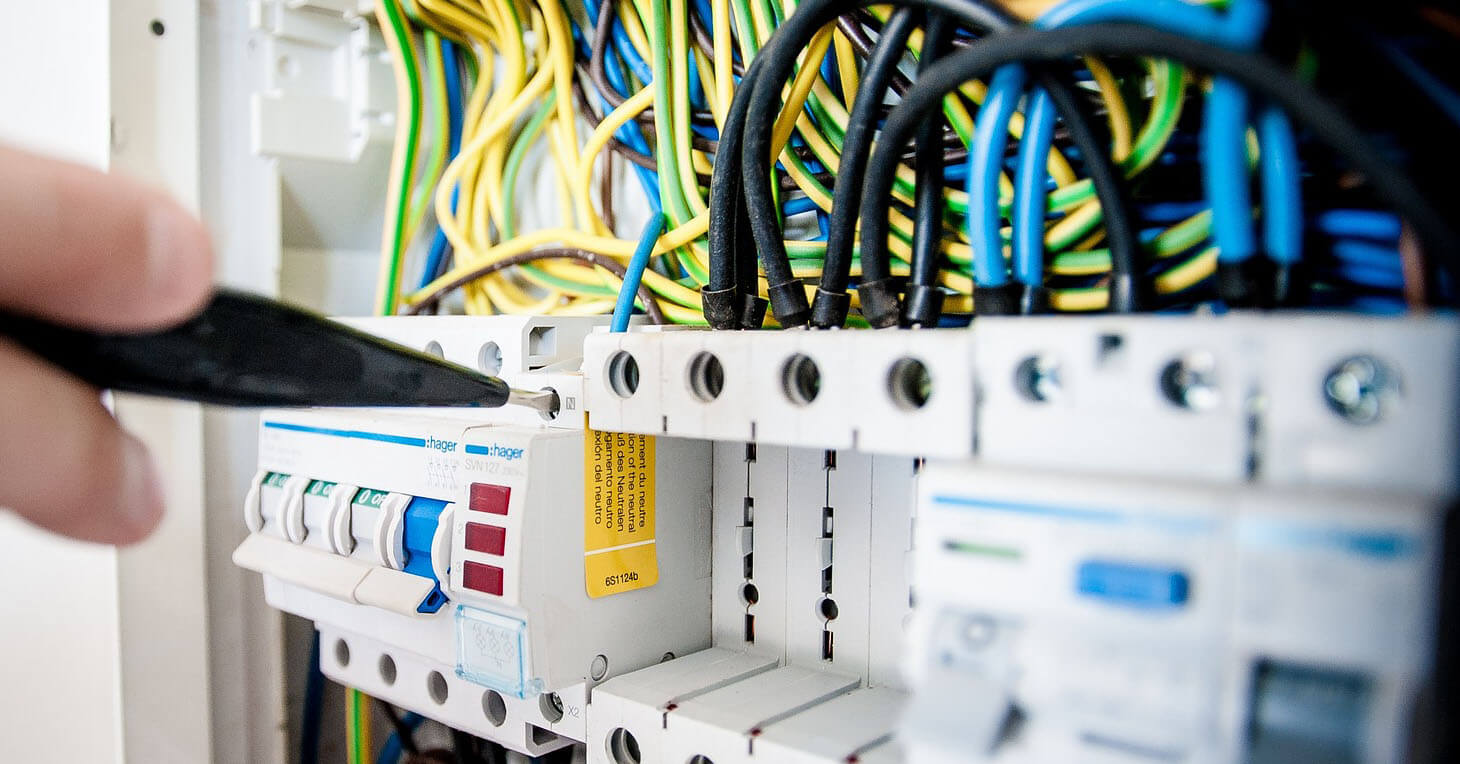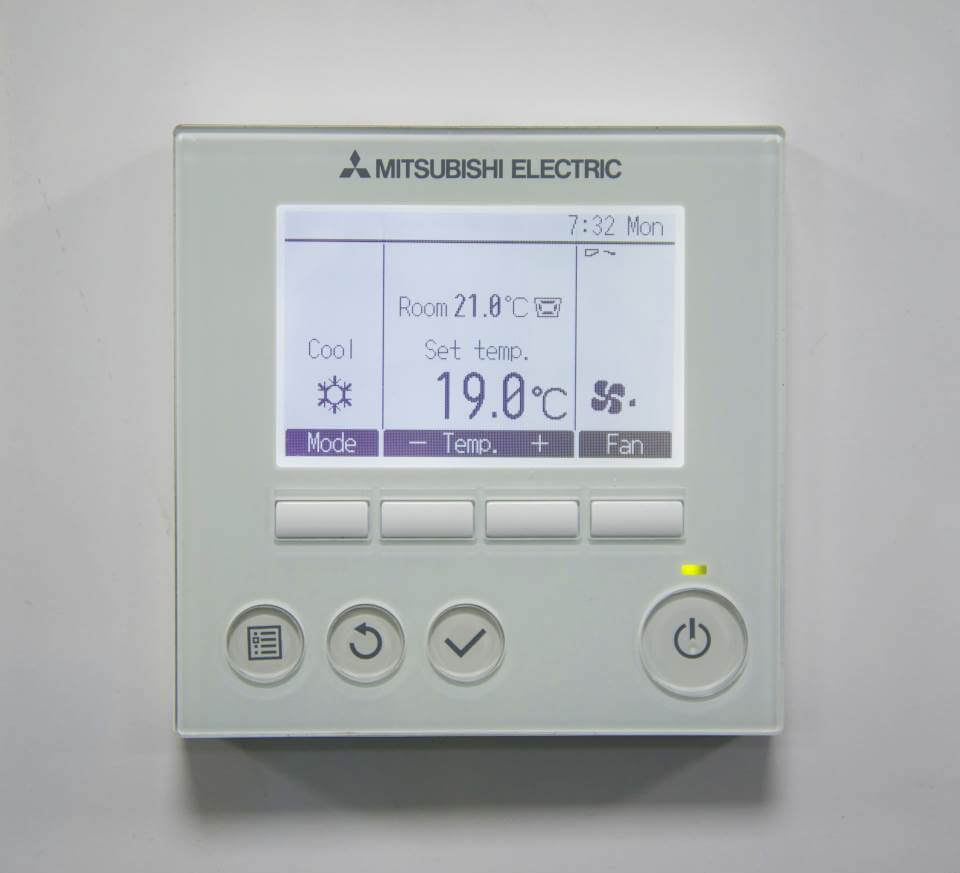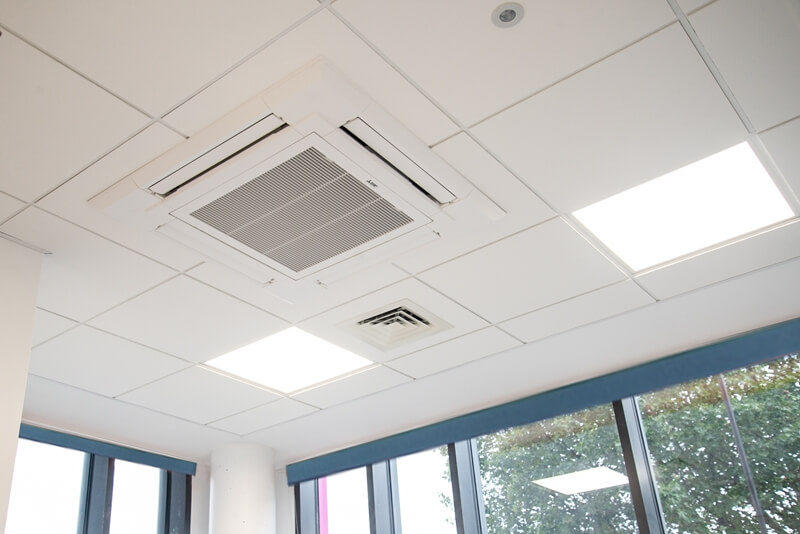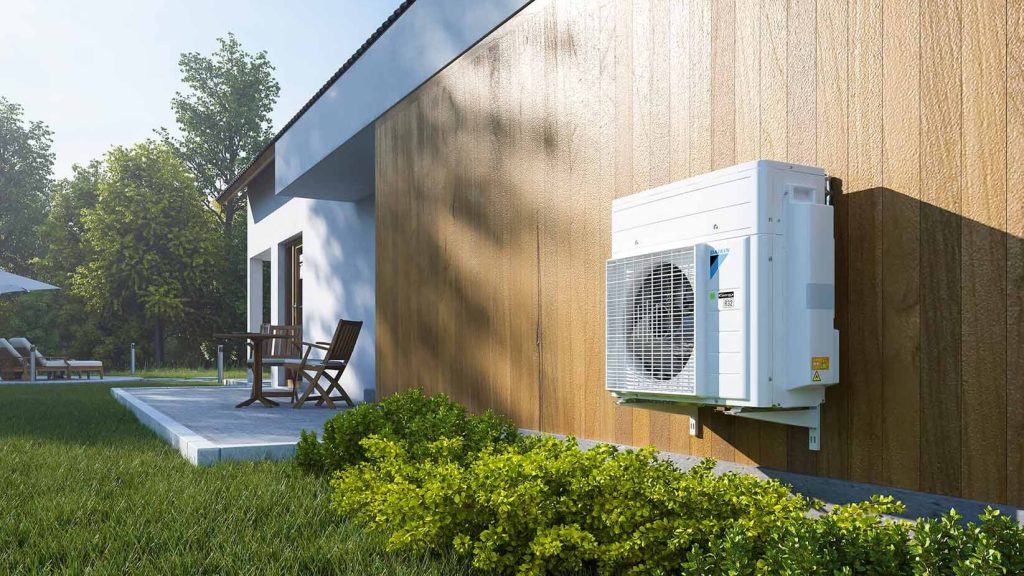Building Compliance – Electrical, Air Conditioning, Fire Safety and Emergency Lighting

Estimated reading time 10 minutes
As a business or landlord it’s important to understand your responsibilities when it comes to statutory building compliance and your legal obligations in making sure that your building meets and complies with current government legislation. Building compliance can be complex. You need to keep abreast of regulations, assessments and inspections that must be undertaken on a specified basis in order to ensure your building maintains safe and legal operation of electrical, air conditioning, fire safety and emergency lighting facilities. Ensuring your building compliance is an undertaking not to be taken lightly as failure to follow and implement the latest legislation can result in fines or criminal proceedings.
So as a building owner or occupier, what do you need to check in terms of buildings compliance?
Electrical Compliance
When it comes to electrical compliance it’s important to ensure your electrical equipment is maintained and meets current legislation requirements. This includes a commercial Energy Performance Certificate (EPC), an Electrical Installation Condition Report (EICR) and Portable Appliance Testing (PAT).
Energy Performance Certificate
The current Minimum Energy Efficiency Standards (MEES) came into force on 1 April 2018. These standards apply to all non-domestic property on the completion of a building, if you rent out or sell your building/floors/rooms etc. or if there are changes to parts of the building which involve “providing or extending fixed heating, air conditioning or mechanical ventilation systems” and are aimed at encouraging landlords and property owners to improve the energy efficiency of their properties by “a restriction on the granting and continuation of existing tenancies where the property has an Energy Performance Certificate (EPC) Rating of F and G.” The Minimum Energy Efficiency Standard Rating is E and above. All EPCs are valid for 10 years.
According to the Building Controls Industry Association (BCIA), “recent simulations undertaken by arbnco show almost 20% of commercial buildings have actually deteriorated despite the recent introduction of MEES.” Failure to comply with the minimum requirement of MEES can lead to fines of between £4,000 and £150,000. Despite this arbno went onto report that “17.7% of the 3,620 buildings on its database have lower ratings now than a year ago, and one in 10 has fallen below E. 15% of properties are now rated F or G”, meaning they cannot be let to new tenants and leases cannot be renewed until such times as they meet Standard Rating E or above.
You can also be fined between £500 and £5,000 based on the rateable value of the building if you don’t make an EPC available to any prospective buyer or tenant.
Electrical Installation Condition Report
The new Electrical Safety Standards in the Private Rented Sector (England) Regulations 2020 regulations came into force on 1 June 2020 (set out in the 18th edition of the ‘Wiring Regulations’, which are published as British Standard 7671) and require landlords to have electrical installations in their properties inspected and tested at least every 5 years by a professional person or company.
Landlords must then provide a copy of the Electrical Installation Condition Report (EICR) which should cover the ‘fixed’ electrical parts of the building, like the wiring, the plug sockets, the light fittings and the fuse box to their tenants and to their local authority if requested. The Local Authority can fine a landlord up to £30,000 for failing to provide the tenant or prospective tenant with an electrical safety certificate.
Portable Appliance Testing
The Electricity at Work Regulations 1989 Portable Appliance Testing (PAT) requires the examination and testing of any electrical equipment that has the potential to cause injury to ensure it is safe to use. The frequency of inspection and testing depends upon the type of equipment and where it is used.
All businesses are expected to ensure that they maintain their electrical equipment to comply with the Health and Safety at Work Act of 1974, The Electricity at Work Regulations of 1989, The Provision and Use of Work Equipment Regulations of 1998 and The Management of Health and Safety at Work Regulations of 1999. Failure to comply with these regulations can result in fines of between £5,000 and £20,000.
Heating, Ventilation and Air Conditioning Compliance
We’ve talked about HVAC preventative maintenance and why it’s important in a number of previous articles e.g. Prevention Is Better Than Cure – Air Conditioning Maintenance and Air Conditioning Maintenance and Records – Legislation – Your Responsibilities. Preventative maintenance forms part of the legal obligation to ensure your HVAC system is compliant with current F-Gas legislation and in carrying out a CIBSE TM44 energy efficiency assessment of a buildings air conditioning system.
Fluorinated Gas
Fluorinated gas, shortened to F-gas(es) are a family of manmade gases which are used in a range of equipment including air conditioning and refrigeration. F-gases have been shown to be powerful greenhouse gases which are known to damage the earth’s ozone layer leading to the global warming effect which is part of the climate change effect. F-gases have been shown to have a global warming effect up to 23,000 times greater than CO2.
Given that F-gas emissions doubled between 1990 and 2014 the UK (as part of the EU) implemented F-gas legislation which has applied since 1 January 2015, replacing the original F-gas Regulation adopted in 2006 (note: The withdrawal of the United Kingdom took effect on 1 February 2020. From that date, the United Kingdom is deemed “a third country”. However, during the transition period, which ends on 31 December 2020, the F-Gas Regulation (EU) No 517/2014 continues to be applicable to and in the United Kingdom.) The UK government department responsible for administering the F-gas regulations, Department for Environment, Food and Rural Affairs (DEFRA) has released a guide to the requirements of the updated F-Gas regulation, Fluorinated gas (F gas): guidance for users, producers and traders.
The legislation limits the amount of F-gases that can be sold in the EU from 2015 onwards and works to reduce them down in steps to one-fifth of 2014 sales by 2030. It bans the use of F-gases in new equipment like fridges, freezers, air conditioning and in foams and aerosols and it prevents emissions of F-gases from existing equipment by requiring checks, proper servicing and recovery of the F-gases when equipment is being decommissioned.
Companies operating air conditioning systems with a CO2 equivalent charge of 5 tonnes or more must comply with F-gas regulations. Systems with a CO2 equivalent charge of 5-50 tonnes and above must be inspected at least every 12 months; 50-500 tonnes and above at least every 6 months and 500 tonnes and above at least every 3 months. A detailed record must be kept and produced when required. Companies and individuals who fail to comply could be faced with fines of up to £200,000.
TM44 Inspection of Air Conditioning Systems
In the UK legislation requires building owners or the person who controls the technical functionality of their air conditioning systems to carry out regular inspections. The principle guidance for the inspections is contained in Chartered Institution of Building Services Engineers (CIBSE) TM44 which is an energy efficiency assessment of a buildings air conditioning system.
The guidance is primarily intended to support inspections which are carried out for compliance with the Energy Performance of Buildings Directive (EPBD) which requires regular inspections of air conditioning systems of an effective rated output of 12 kW or more. This includes systems consisting of individual units with less than 12kW, but when combined have an effective rated output of more than 12kW. There cannot be more than 5 years between each inspection and inspections must be carried out by an accredited energy assessor.
A TM44 inspection report is required when selling or letting a property. Businesses that fail to produce a TM44 inspection report when requested can face penalty charges of £300. A further charge of £200 can be implemented for failure to file a report within seven days.
Fire Safety Compliance
Early fire detection is vital in ensuring that buildings are safe. Fire systems can save lives. This can only happen if fire detection and warning systems are maintained to ensure they continue to work as they should.
All commercial buildings are subject to The Regulatory Reform (Fire Safety) Order (RRO) 2005 which states “where necessary in order to safeguard the safety of relevant persons the responsible person must ensure that the premises and any facilities, equipment and devices provided in respect of the premises under this Order or, subject to paragraph (6), under any other enactment, including any enactment repealed or revoked by this Order, are subject to a suitable system of maintenance and are maintained in an efficient state, in efficient working order and in good repair.”
The gov.uk website explains that employers, owners, landlords, occupiers and anyone else in control of premises e.g. a facilities manager, building manager, managing agent or risk assessor are responsible for fire safety in a business premise. As a responsible person it’s important to ensure a fire safety risk assessment (PDF) is carried out. The guidance set out in the relevant British Standard: BS 5839 expands on RRO and recommends that fire alarm detection systems should be inspected by a competent person at least twice a year. It’s also a legal requirement that weekly fire alarm tests are carried out to ensure fire systems are fully operational. All fire alarm tests should be recorded in a test log book.
If your building doesn’t have the appropriate fire detection systems in place and you cannot show that they are being maintained you could face fines of up to £5,000. Major fire safety breaches can result in unlimited fines up to a maximum of 2 years imprisonment.
Emergency Lighting Compliance
All commercial buildings should have emergency lighting installed. Emergency lighting is required for when the mains power supply is cut or when normal lighting fails. It’s vital that lighting automatically comes on when there’s an issue with the normal building lighting to ensure that the occupants of a building can still safely navigate their way around and out of the building when an evacuation is called e.g. in the case of fire or power cut.
Emergency lighting is covered by a series of standards. The base guidance document is BS 5266-1 “Code of practice for emergency lighting of premises”. This guidance establishes the general rules and guidance on the provision and operation of emergency lighting in commercial premises. BS EN 1838 “Lighting applications – emergency lighting” specifies the illumination to be provided by emergency lighting (including luminance, duration and colour). BS EN 50172/BS 5266-8 “Emergency escape lighting systems” specifies the minimum provision and testing of emergency lighting for different premises. There are also a set of product standards for Luminaires, BS EN 60598-1; automatic test systems for battery powered emergency escape lighting, BS EN 62034 and for the central power supply systems, BS EN 50171.
All emergency lighting systems must be tested monthly in accordance with BS EN 50172/BS 5266-8. An annual emergency lighting test should also be carried out, during a time a low risk emergency, for the full rated duration of the emergency lights (e.g. 3 hours) and the lights must still work at the end of the test. All test results should be recorded.
Fines for failing to provide adequate emergency lighting provision can be substantial depending on the severity of the issues found e.g. a hotel owner was fined £200,000 and ordered to pay £29,922 court costs along with a four month jail sentence and suspended for 18 months, for an inadequate emergency lighting and fire detection system.
Clearly building compliance is vital in ensuring your premises are safe, can be let and to follow UK legislation. Ensuring your building has the appropriate maintenance and compliance contracts in place is important.
Synecore Building Compliance Services
Synecore are an experienced and fully accredited commercial building compliance company and can provide air conditioning compliance, electrical compliance, emergency lighting compliance and fire safety compliance to landlords, tenants and businesses across London, Kent and the UK.
To find out how Synecore can help get in touch with our head office in Sittingbourne, Kent on 01795 509509, get in touch via our contact form or discuss your requirments with us via our chat form.



